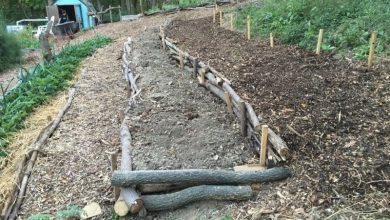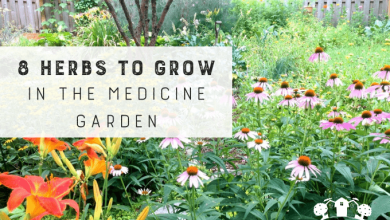Plant a Passion Fruit Plant: [Cultivation, Pruning, Irrigation, Fertilizer and Pests]
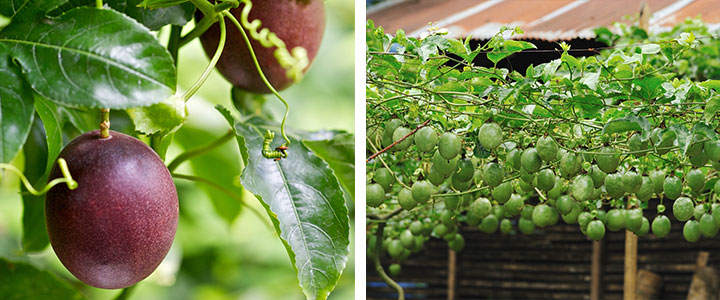
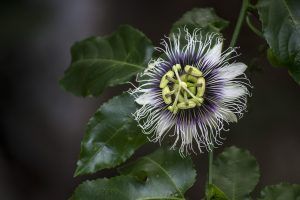 The passion fruit plant is perhaps one of the most desired for home gardens due to the exquisite fruit it produces.
The passion fruit plant is perhaps one of the most desired for home gardens due to the exquisite fruit it produces.
Its origin is in tropical climate zones, but it has managed to adapt very well to the European climate, as long as the correct care is maintained.
If you have already decided to incorporate a passion flower (official name of the plant) into your garden, here we will give you all the tricks you need to be successful.
And that includes from the selection of the seeds to the desired moment of collecting the fruits. Do you sign up to know all the details?
Important points when planting a passion fruit plant:
- When? In spring.
- Where? Outdoorswhere it receives sunlight.
- How do we prepare the land? Add manure days before planting to promote the best conditions.
- How should we water? With localized irrigation, preferably drip.
- How often do you have to water? 4 to 5 times a week in summer and reduce to 1 or 2 times a week the rest of the year.
- What care do you need? Tutored, free of weeds, fertilizations.
- What pests and diseases does it have? Bed bug, mites, thrip, anthracnose.
How is the passion fruit seed planted?
The passion fruit is sown from seeds that you will obtain from its own fruits and that will not represent any problem because they contain many. The important thing here is that they are excellent quality seeds to ensure that they germinate without setbacks.
These seeds will have to be placed in clean, dry plastic bags and left for between 15 and 20 days to germinate before moving them to a pot.
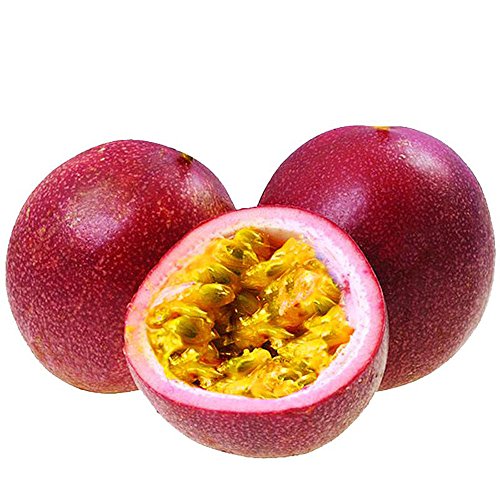
After approximately 2 months or up to 2 and a half months, it will be time to transplant the final space. By this time there should already be a seedling more or less formed and strong enough to withstand the change of space.
How to take care of a passion fruit plant?
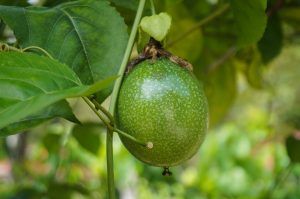 The main thing is to recreate the appropriate climatic conditions that simulate their natural habitat. This is the hot tropical climate.
The main thing is to recreate the appropriate climatic conditions that simulate their natural habitat. This is the hot tropical climate.
Therefore, it must be planted in a place where it receives sunlight but can be kept protected during the winter because it is intolerant to frost.
Even during the fall it can suffer if the winds are very cold and strong. Being a climbing plant, you must also ensure that it has an appropriate area to rise.
This implies that you must make an appropriate trellis so that it develops vertically and prevents it from touching the ground because it can be damaged. Another important care is to keep the contour of the plant free of other plants that consume its nutrients and cause damage.
When does the passion fruit plant bloom?
The passion fruit plant flowers in a period of 5 to 7 months after it has been planted.The good news is that each specimen produces both male and female flowers, but needs support from external pollinators to carry out this process.
How to do the pruning in the cultivation of passion fruit?
The pruning of the passion fruit is a fundamental issue to ensure an orderly and beneficial growth, preventing the stems from taking a horizontal direction. What is needed is to cut the buds that are born to the sides as it grows, without neglecting it.
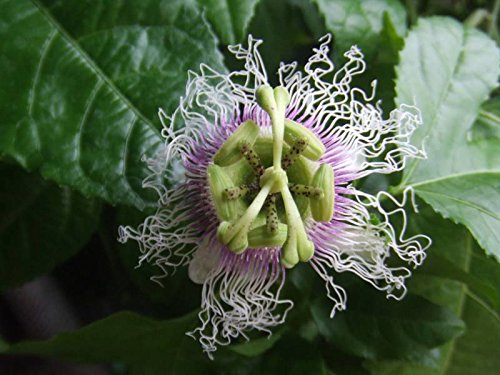
It should be something weekly for more security. Another important cut -off point is when the plant touches the wires that are usually used for trellises, in this way you will make it easier for it to spread along it.
How is the irrigation of the passion fruit?
The watering of the passion fruit must be done with constancy because it requires constant humidity to be able to grow and produce.The most demanding stages are: during the growth phase, flowering and fruit formation.
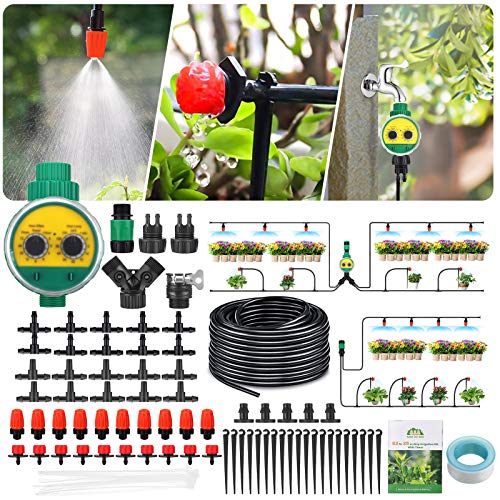
Localized irrigation is the most effective way to keep it hydrated, so it is advisable to use a drip system. As for the frequency, you must take into account the conditions of your environment but the most usual is 4 to 5 weekly in summer and 1 or 2 the rest of the year.
Why do passion fruit flowers fall off?
If the flowers are not pollinated and reach their lifespan, they will end up falling off. It is also possible that it occurs if it is lacking in some nutrient or is suffering from a disease that causes weakness.
What is the best fertilizer for passion fruit?
To achieve a harvest with excellent properties, the fertilization process is essential and here it is necessary to ensure that the plant receives the appropriate nutrients. Potassium is very important in this species, so it must be included.
It is also a good plan to supplement with ammonium and superphosphates, but always taking care to verify what the specific needs of the soil are.
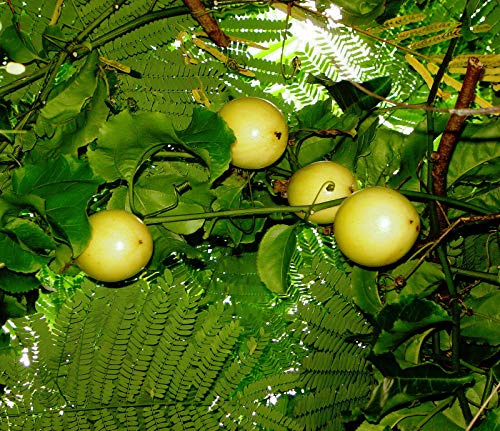
Perhaps the best thing about growing the passion fruit plant is the fact that it can be placed in any space, because it does not grow much. This means that even if you have a fairly small space set aside, you will have the opportunity to plant this species and enjoy each harvest.
How long does passion fruit take to bear fruit?
From the moment of sowing, passion fruit can take around 7 months to bear fruit.That is, the flowering stage that begins about 5 months after sowing and then gives way to the formation of the fruits.
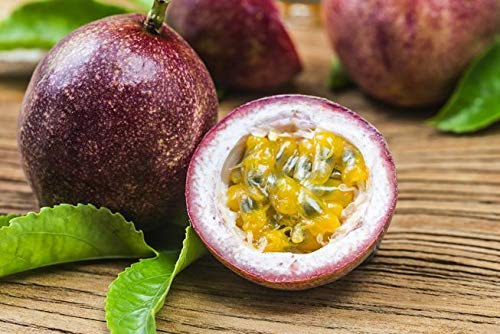
The latter will be mature 2 months after flowering has begun.
What are the pests of passion fruit?
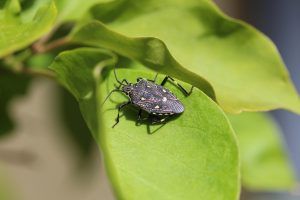 The passion fruit can be subject to attack by three main types of pests: the bedbug, the mite and the thrip.
The passion fruit can be subject to attack by three main types of pests: the bedbug, the mite and the thrip.
These tend to cause damage to the structure of the plant, causing the leaves to lose color and all vitality to be compromised.
In the case of diseases, anthracnose may make an appearance.Because the passion fruit needs constant pruning during its formation time, it is important to ensure that the tools are disinfected before using them.
In this way, you will reduce the chances that it will be affected by any of these evils.
Bibliographic references
- The cultivation of passion fruit, JEM Gouveia – 1985 – sidalc.net
- Passion fruit cultivation, J Loayza Valdivia, E Pozo Gerardini – 2010 – repository.inia.gob.pe
- The cultivation of passion fruit in Ecuador, AE Cañizares Chacín, EE Jaramillo Aguilar – 2015 – repository.utmachala.edu.ec
- Cultivation, post-harvest and commercialization of passionflowers in Colombia: passion fruit, granadilla, gulupa and curuba, D Miranda, G Fischer, C Carranza … – Bogotá: Sociedad…, 2009 – fedepasifloras.org
- Manual on the cultivation of passion fruit (Passiflora edulis) in Colombia, J Jaramillo Vásquez, J Cárdenas Rocha… – 2009 – sidalc.net
- Weeds associated with citrus, guava, passion fruit and pineapple crops in the department of Meta, Colombia, V Hoyos, MJ Martínez, G Plaza – Revista Colombiana de…, 2015 – revista.uptc.edu.co



